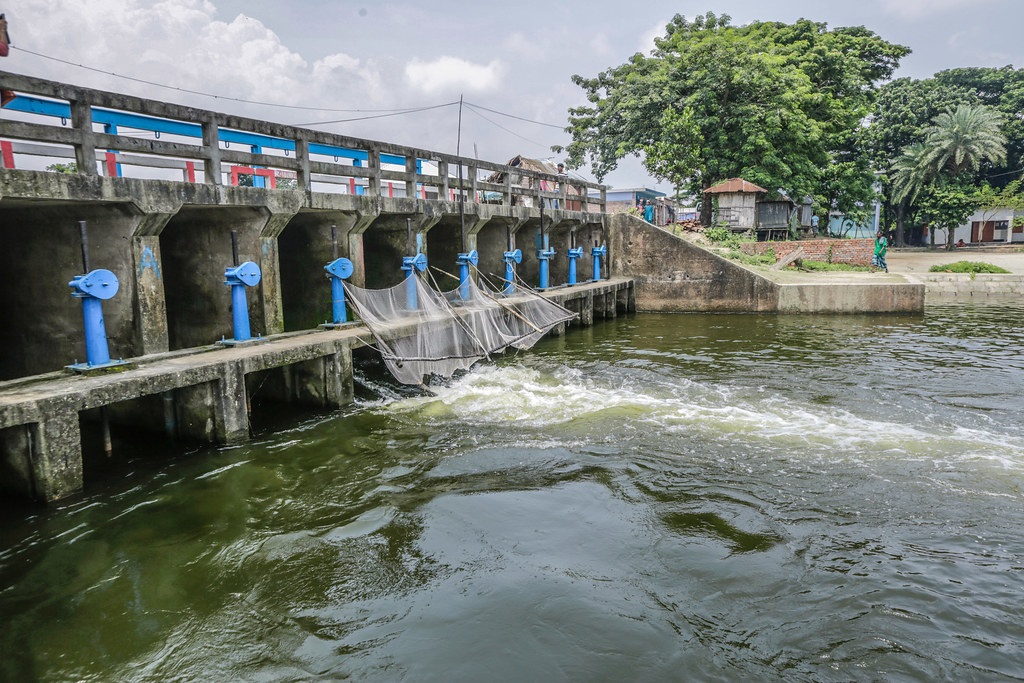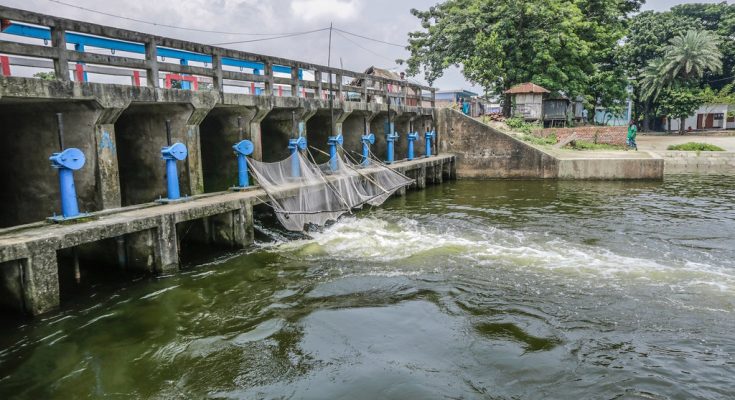Water resources planning is a comprehensive process that involves the allocation, management, and sustainable use of water resources. It encompasses a variety of activities, including the assessment of water availability, demand management, infrastructure development, and policy formulation.
Effective water resources planning ensures that water needs for various sectors, such as agriculture, industry, and domestic use, are met while protecting the environment and maintaining ecosystem health. This extensive overview will cover the key aspects of water resources planning, including its objectives, principles, processes, challenges, and the importance of integrated and sustainable approaches.

Objectives of Water Resources Planning
The primary objectives of water resources planning are to:
- Ensure Adequate Water Supply: Provide reliable and sufficient water for domestic, agricultural, industrial, and recreational uses.
- Promote Sustainable Use: Balance water consumption with the natural replenishment of water bodies to avoid depletion and ensure long-term availability.
- Protect Water Quality: Prevent pollution and maintain the quality of water resources for safe and healthy use.
- Support Economic Development: Facilitate economic activities that depend on water resources, such as agriculture, energy production, and manufacturing.
- Enhance Environmental Protection: Preserve aquatic ecosystems and biodiversity by maintaining healthy water habitats.
- Mitigate Risks: Reduce the risks associated with water-related hazards, such as floods, droughts, and waterborne diseases.
Principles of Water Resources Planning
Effective water resources planning is guided by several key principles:
- Integrated Water Resources Management (IWRM): A holistic approach that considers the interconnectedness of water systems and integrates the management of water, land, and related resources.
- Sustainability: Ensuring that water use meets the needs of the present without compromising the ability of future generations to meet their own needs.
- Equity: Ensuring fair distribution of water resources among all users, including marginalized and vulnerable communities.
- Adaptability: Being flexible and responsive to changing conditions, such as climate change, population growth, and technological advancements.
- Stakeholder Participation: Involving all relevant stakeholders, including local communities, government agencies, and private sector entities, in the planning and decision-making process.
Processes of Water Resources Planning
Water resources planning typically involves several key processes:
- Assessment of Water Resources: Evaluating the availability and quality of surface water and groundwater resources through hydrological studies and monitoring programs.
- Demand Analysis: Estimating current and future water demands for various sectors, including domestic, agricultural, industrial, and environmental uses.
- Scenario Planning: Developing different scenarios based on potential changes in climate, population, economic development, and other factors to understand their impact on water resources.
- Strategy Development: Formulating strategies to meet water demands while ensuring sustainability and resilience. This includes the development of infrastructure, such as dams, reservoirs, and treatment plants, as well as policy measures for water conservation and management.
- Implementation: Executing the strategies and action plans, which may involve construction projects, regulatory changes, and community engagement initiatives.
- Monitoring and Evaluation: Continuously assessing the effectiveness of implemented strategies and making necessary adjustments to ensure that objectives are met.
Challenges in Water Resources Planning
Water resources planning faces several challenges, including:
- Climate Change: Changes in precipitation patterns, increased frequency of extreme weather events, and rising temperatures can significantly impact water availability and quality.
- Population Growth: Increasing population and urbanization can lead to higher water demand and greater pressure on existing water resources.
- Pollution: Industrial, agricultural, and domestic activities can contaminate water bodies, making it challenging to maintain water quality.
- Conflicts: Competing demands for water among different sectors and regions can lead to conflicts and disputes.
- Infrastructure Deficiencies: Aging or inadequate infrastructure can hinder effective water management and distribution.
- Financial Constraints: Limited financial resources can impede the development and maintenance of necessary water infrastructure and management programs.
Integrated Water Resources Management (IWRM)
IWRM is a widely recognized approach to water resources planning that promotes the coordinated development and management of water, land, and related resources. Key components of IWRM include:
- Holistic Management: Considering the entire water cycle and all related resources to achieve balanced and sustainable water use.
- Cross-sectoral Coordination: Integrating water management efforts across different sectors, such as agriculture, industry, and environment, to avoid conflicting policies and maximize synergies.
- Decentralization: Empowering local authorities and communities to participate in water management decisions and actions.
- Economic Efficiency: Ensuring that water use is economically efficient by promoting cost-effective measures and encouraging water-saving technologies.
- Environmental Sustainability: Protecting and restoring natural ecosystems that provide essential water services and biodiversity.
Sustainable Water Resources Management
Sustainable water resources management involves practices that ensure the long-term availability and quality of water resources. Key sustainable practices include:
- Water Conservation: Implementing measures to reduce water consumption and wastage, such as promoting water-efficient appliances, irrigation systems, and industrial processes.
- Water Recycling and Reuse: Treating and reusing wastewater for non-potable purposes, such as irrigation, industrial processes, and groundwater recharge.
- Pollution Control: Implementing regulations and technologies to prevent and control water pollution from agricultural, industrial, and domestic sources.
- Ecosystem Protection: Preserving and restoring natural ecosystems, such as wetlands, rivers, and forests, that play a crucial role in maintaining water quality and availability.
- Public Awareness and Education: Raising awareness and educating the public about the importance of water conservation and sustainable practices.
Conclusion
Water resources planning is a critical and complex process that requires a comprehensive and integrated approach to ensure the sustainable and equitable use of water resources. By setting clear objectives, involving stakeholders, and implementing sustainable practices, water resources planning can address the challenges of water scarcity, pollution, and climate change. Effective planning ensures that water needs for various sectors are met while protecting the environment and maintaining ecosystem health. As water resources continue to face increasing pressures, the importance of innovative and adaptive planning strategies cannot be overstated.




